#roger duchesne
Photo
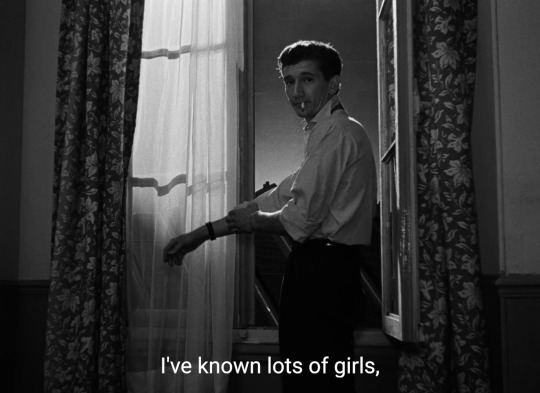


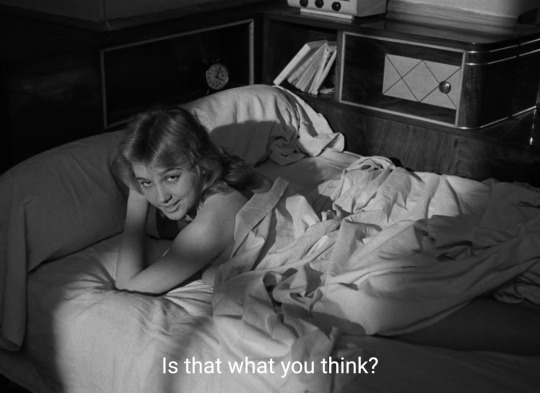

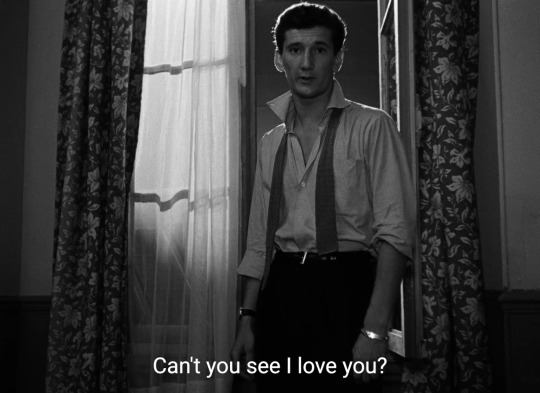
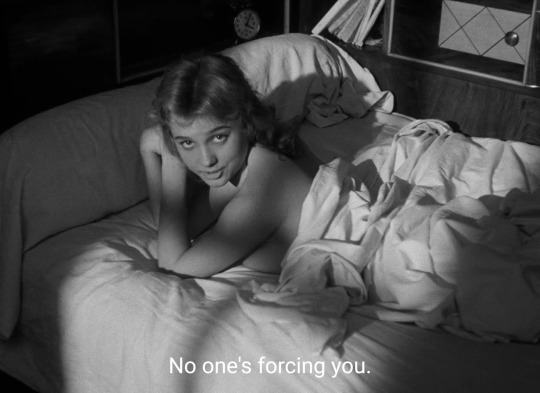
No one’s forcing you
#bob le flambeur#bob the gambler#jean-pierre melville#isabelle corey#daniel cauchy#roger duchesne#film noir#french new wave#scenephile#film quotes#movie quotes#movie scenes#film scene#movie scene
71 notes
·
View notes
Photo
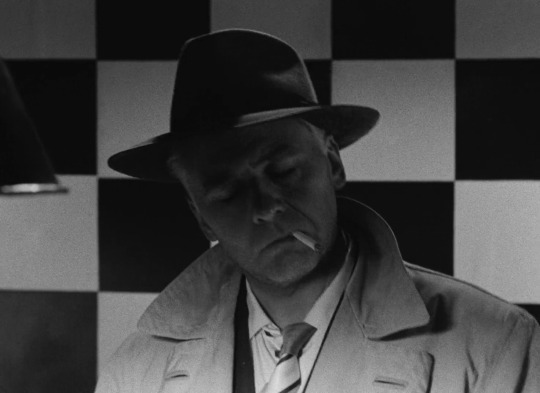
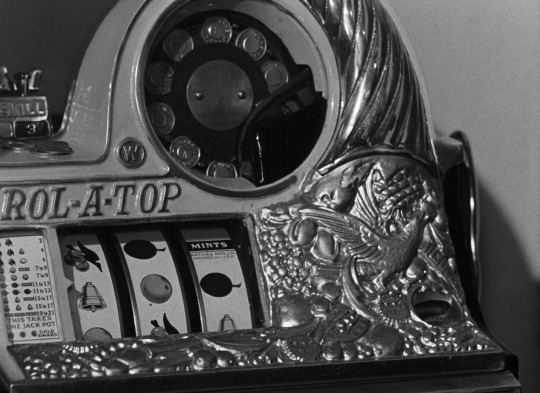
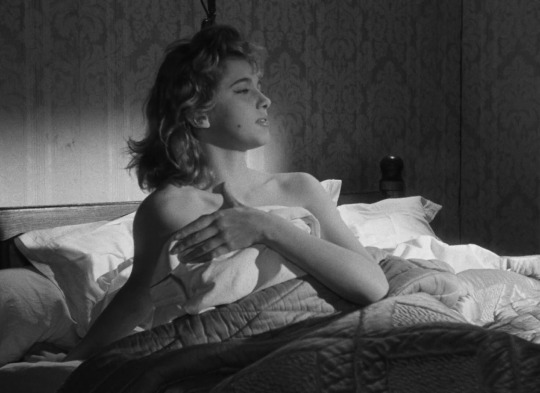

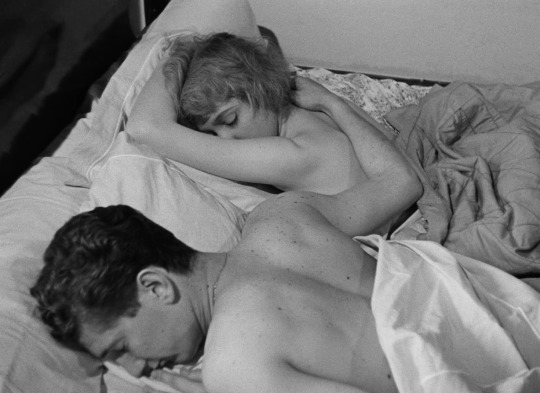


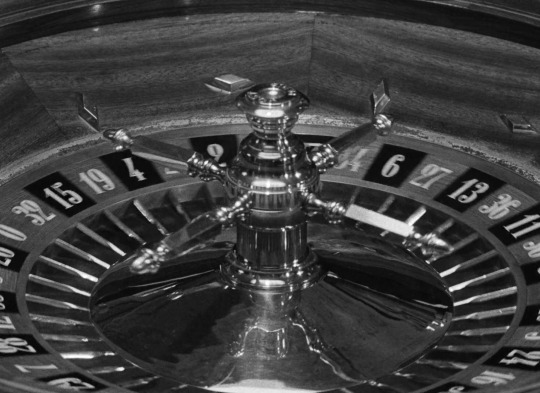


Bob le Flambeur | Jean-Pierre Melville | 1956
#Jean-Pierre Melville#Bob le Flambeur#1956#Jean Pierre Melville#Roger Duchesne#Isabelle Corey#Gérard Buhr#André Garet#Daniel Cauchy
36 notes
·
View notes
Photo

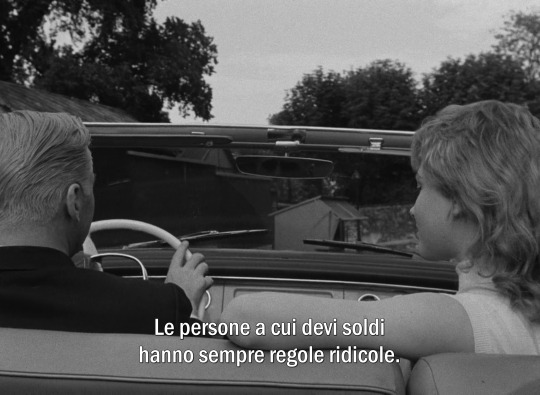
Bob il giocatore (1956)
#film#bob il giocatore#Bob le flambeur#melville#france#francia#francese#Isabelle Corey#Roger Duchesne#persone#padrona#hotel#regola#pagata#soldi
9 notes
·
View notes
Photo
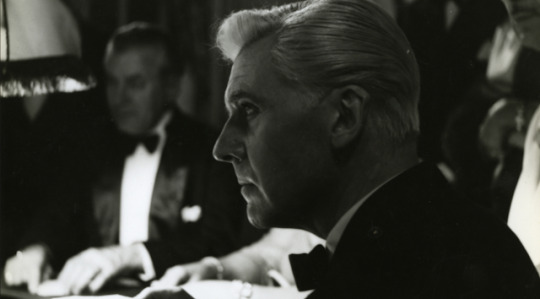




Bob le Flambeur (Jean-Pierre Melville, 1956)
Cast: Roger Duchesne, Guy Decomble, Isabelle Corey, Daniel Cauchy, André Garey, Gérard Buhr, Claude Cerval, Colette Fleury, René Havard, Simone Paris, Howard Vernon. Screenplay: Jean-Pierre Melville, August Le Breton. Cinematography: Henri Decaë. Production design: Claude Bouxin. Film editing: Monique Bonnot. Music: Eddie Barclay, Jo Boyer.
Sometimes the pleasures you get from a movie are not the intended ones of plot or action or dialogue. For example, I get a great delight from hearing how the French actors in Bob le Flambeur pronounce the title character's name: It's closer to "Bub" than to the American "Bahb." But even that incidental detail is somehow essential to what the film is all about: a reworking of American culture -- the gangster movie -- in the French manner. It would be different somehow if the title character were named Jules or Pierre or Marcel, but calling him Bob, even with a French accent, sets up all sorts of subliminal reverberations. It's intriguing that the foreign filmmakers who most successfully translated the gangster genre to their own cultures were the French and the Japanese. The latter reworked the figure of the samurai into that of the yakuza, while the former turned the existential loner into the outlaw. Jean-Pierre Melville's film is a celebrated precursor of the French New Wave, to which Melville himself became central in 1967 when he gave Alain Delon Bob's fedora and trenchcoat and made Le Samouraï, thereby merging all three cinematic gangster mythologies. For my part, the chief delight of Bob le Flambeur is its essential Frenchness, particularly Henri Decaë's lovingly crafted images of Montmartre, as masterly in their way as those of Lautrec or Utrillo.
4 notes
·
View notes
Text
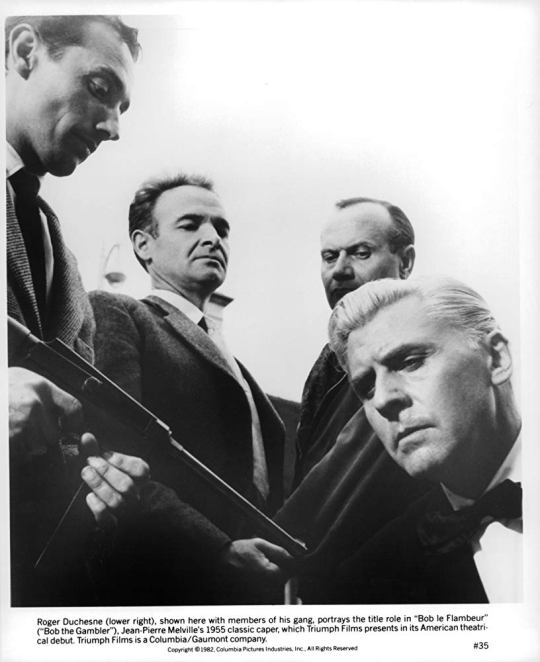
Bob le Flambeur was co-written and directed by Jean Pierre Melville. Jean Pierre was born in Paris and had 14 director credits from a 1946 documentary short to 1972. His other notable credits include Le Samourai, and Army of Shadows.
2 notes
·
View notes
Link
0 notes
Photo



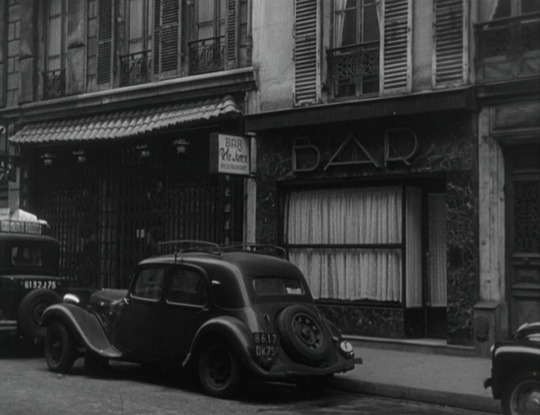
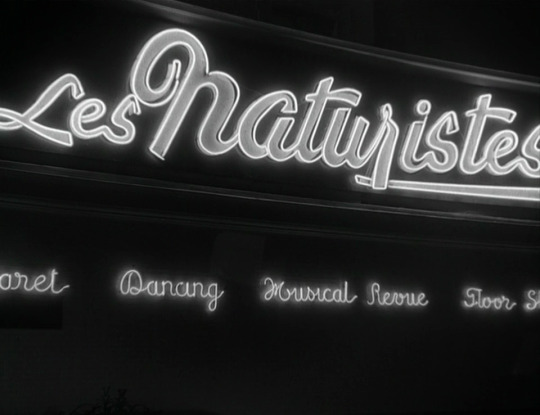



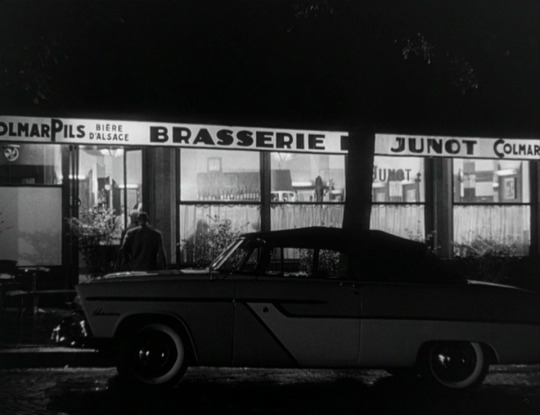
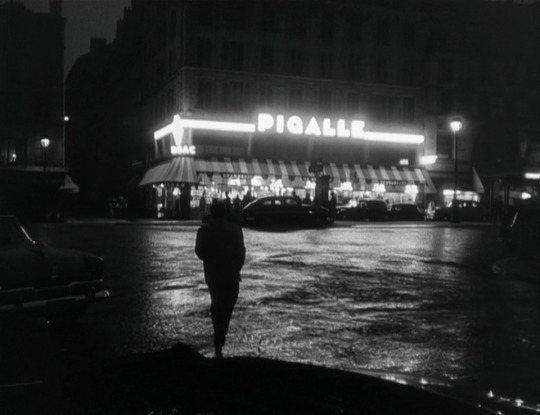
Bob le flambeur (Jean-Pierre Melville, 1956)
#Bob le flambeur#Jean-Pierre Melville#Melville#city#night#1956#jean pierre melville#film noir#noirvember#cars#long shot#signs#neon signs#black and white#Roger Duchesne
449 notes
·
View notes
Photo



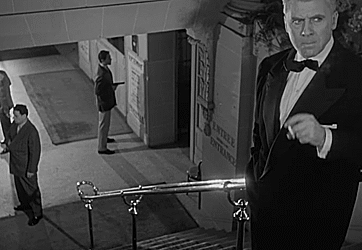
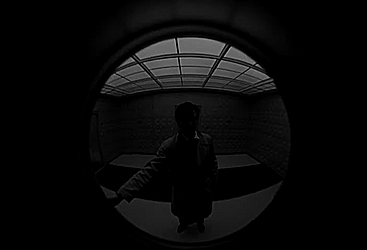
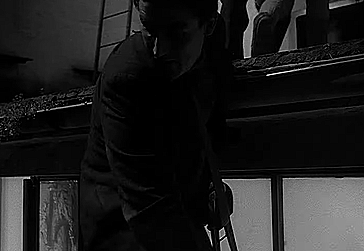
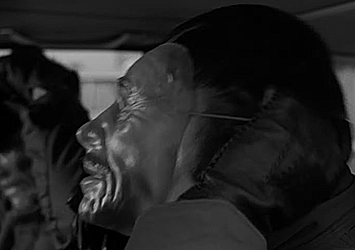
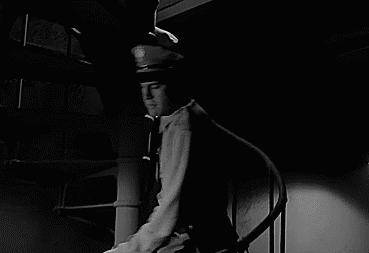


The Art of the Heist (Criterion Collection)
They Live By Night (1948) Nicholas Ray
He Ran All The Way (1951) John Berry
Rififi (1955) Jules Dassin
The Killing (1956) Stanley Kubrick
Bob Le Flambeur (1956) Jean-Pierre Melville
Big Deal on Madonna Street | I soliti ignoti (1958) Mario Monicelli
The League of Gentlemen (1960) Basil Dearden
Le Cercle Rouge (1970) Jean-Pierre Melville
The Friends of Eddie Coyle (1973) Peter Yates
Incident by a Bank (2009) Ruben Östlund
#<3#the art of the heist#roger duchesne#farley granger#john garfield#marcello mastroianni#alain delon#gian maria volonté#jean servais#carl möhner#jean pierre melville#bob le flambeur#he ran all the way#rafifi#they live by night#the killing#i soliti ignoti#the league of gentlemen#le cercle rouge#the friends of eddie coyle#incident by a bank#my gifs#my edit#criterion collection
139 notes
·
View notes
Photo

Bob le flambeur (1956)
9 notes
·
View notes
Photo
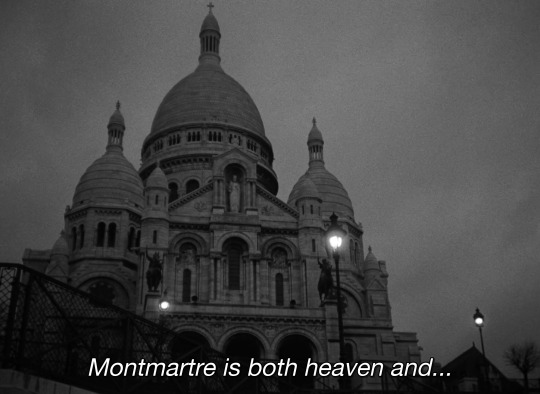



Bob le Flambeur -- Jean-Pierre Melville (1956)
#bob le flambeur#jean-pierre melville#1956#crime#noir#french films#french new wave#black and white cinematography#paris#montmartre#Roger Duchesne#Isabelle Corey#film stills#film quotes#bad timing
18 notes
·
View notes
Photo
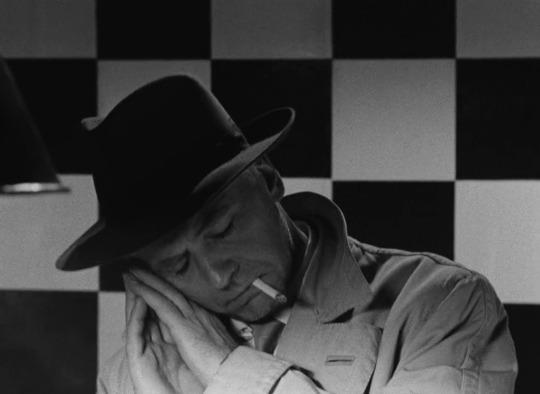
17 notes
·
View notes
Photo
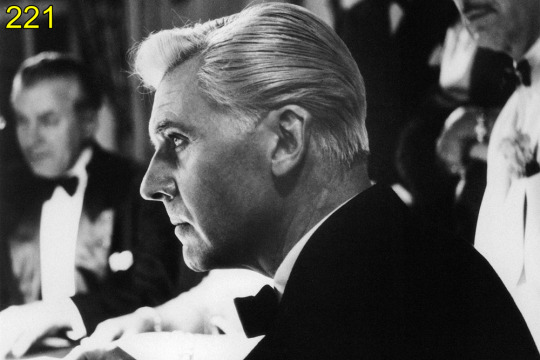
221. Bob, o Jogador (Bob le flambeur, 1956), dir. Jean-Pierre Melville
#cinema#jean-pierre melville#roger duchesne#french cinema#1950s movies#classic movies#black and white movies#crime#drama#thriller#gambler#casino#robbery#one last job#heist#pack of money#nightlife#protege#loyalty#honor#master thief#betrayal#murder#love triangle#nightclub#french noir#european cinema#cult film#cult director#cinefilos
1 note
·
View note
Photo

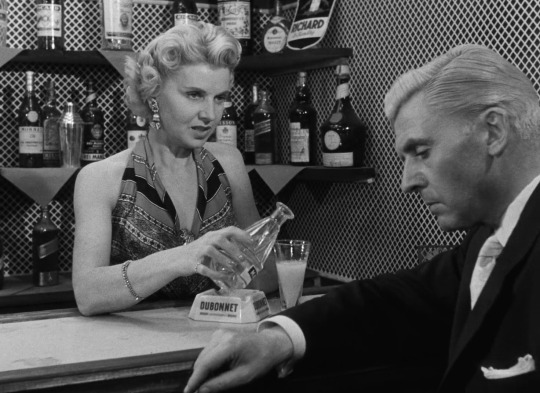

Bob le Flambeur | Jean-Pierre Melville | 1956
Simone Paris, Roger Duchesne
24 notes
·
View notes
Photo





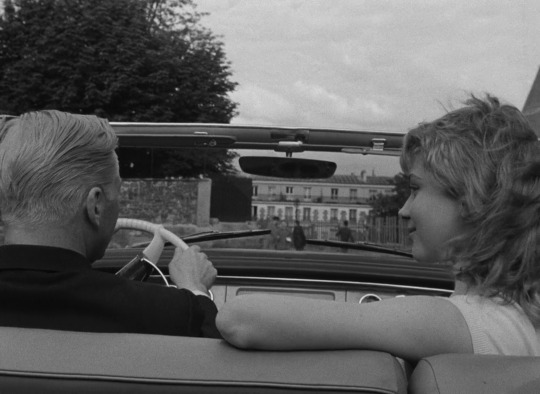


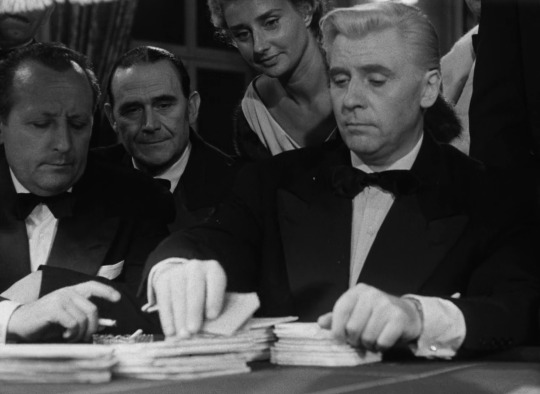
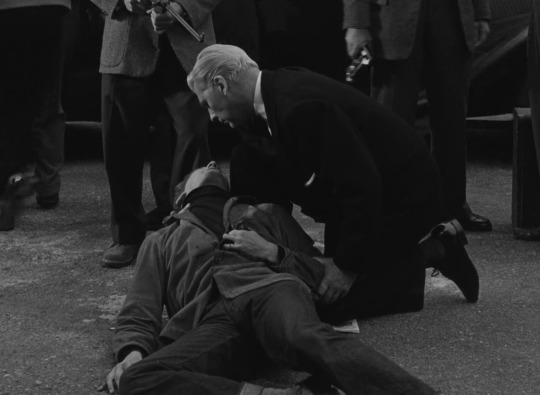
Bob le flambeur (1956)
#film#movie#Bob le flambeur#bob il giocatore#noir#melville#le breton#Maurice Blettery#Henri Decaë#Isabelle Corey#Roger Duchesne
10 notes
·
View notes
Photo

Marguerite Moreno and Sacha Guitry in The Story of a Cheat (Sacha Guitry, 1936)
Cast: Sacha Guitry, Marguerite Moreno, Jacqueline Delubac, Rosine Deréan, Roger Duchesne, Elmire Vautier, Serge Grave, Fréhel, Pierre Assy, Henri Peiffert. Screenplay: Sacha Guitry. Cinematography: Marcel Lucien. Art direction: Henri Ménessier. Film editing: Myriam Borsoutsky. Music: Adolphe Borchard.
Sacha Guitry -- writer, director, and star -- is a charmer whose work was profoundly influential on French film. The word that occurs to me for Guitry's The Story of a Cheat is "droll." It reminds me of a Gallic version of those postwar Alec Guinness comedies, like Kind Hearts and Coronets (Robert Hamer, 1949) and The Lavender Hill Mob (Charles Crichton, 1951), in which people do criminal and even cruel things but the film remains lighthearted. It begins, after all, with the death of 11 people, all members of the protagonist's family, when he is 12 years old. Eventually, he is seduced into a life of thievery by three women. In the film, he is in his 50s, writing his memoirs at a table in a café, narrating the film in voiceover -- there is little actual dialogue. For those of us who aren't fluent in French and rely on subtitles, it's almost like a silent movie with a constant flow of title cards. .
0 notes
Text
An achingly romantic and effortlessly cool gangster film. A voice-over narration at the beginning leads us into a world of night just before the dawn, that moment where the night is over, the nightclubs close, the prostitutes go get a bite to eat on their way home, and cleaning ladies, already late, race to work. Some people have jobs, some people don’t have a bed to sleep in and must improvise, perhaps with a willing American sailor. On one side is the heaven represented by the Sacre Coeur church, on the other, the hell which is for some also a little bit of heaven, represented by the neon lights and easy sex of Pigalle, where Bob lives, with a wonderful view of the Sacre Coeur from his living room window, a metaphor for the film as a whole.
We see nightclubs, with drinking, dancing and gambling. We hear jazz. Sex is sold to get by, but in an easy way, without the film getting all judgmental about it; which is not to say that the film offers no judgment. The lower depths has its own ethics. About the worst thing you can be is a squealer or a pimp. But the film complicates even this: you can squeal without knowing it. Being a pimp doesn’t mean a girl won’t have sex with you for fun or even marry you later, after you quit the profession, and sure to ruin your life just as you ruined so many before.
Diagonals:
Bob le flambeur seems to take place in a liminal world of complex relations that call on the past, on many lives already lived and unknowable except to those who lived them: on bonds of obligations — and affections — where betrayal in some is as certain as loyalty in others. It’s a film of romantic attitudes, of stances not very cool boys would like to aspire to, of sex and death and jazz. The links between this film, Le Samourai and Un Flic are direct: the underworld, the jazz, the nightclubs, the solitude, the elective affinities, the love that kills and the more solid affections that last…at least before the final shootout.
The film has a wonderful sense of place, of mood, of compulsion, and feelings that are understated but strongly felt. If the story is about the acceptance of existential ache, the way it’s told is formally dazzling and playful: the irises in and out, cutting through vertical or horizontal wipes, a jump cut, beautiful purposeful camera movement, and lighting that shimmers. It’s like the past and present of film technique effortlessly deployed in the service of the story. One notices how many of the camera set ups are on formally precise diagonals. It’s telling that the most extreme and beautiful close-ups in the film are at the very moment of unwitting betrayal that sparks the denouement (see above). It’s a film I never tire of, currently on MUBI.
With Roger Duchesne as Bob, Isabelle Corey as the young woman on her cups, Guy Decomble, the impatient schoolteacher in 400 Blows plays a police inspector friends with and possibly indebted to Bob. The music is by Eddie Barclay and Jo Boyer and the great cinematography is by one of the greats, Henri Decae.
José Arroyo
Bob Le Flambeur (Jean-Pierre Melville, France, 1956) An achingly romantic and effortlessly cool gangster film. A voice-over narration at the beginning leads us into a world of night just before the dawn, that moment where the night is over, the nightclubs close, the prostitutes go get a bite to eat on their way home, and cleaning ladies, already late, race to work.
#Bob le flambeur#Eddie Barclay#Henri Deace#Isabelle Corey. Guy Decomble#Jean-Pierre Melville#Roger Duchesne
7 notes
·
View notes